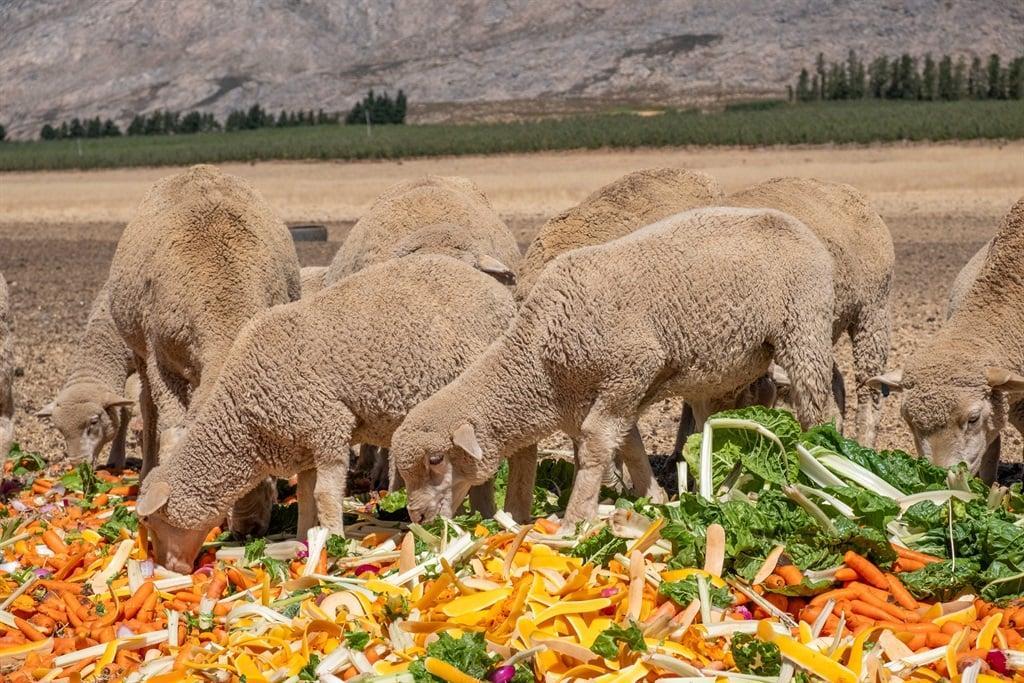Africa-Press – Seychelles. Thirty minutes east of Ceres in the Western Cape is a farm so peaceful and idyllic it would be easy to imagine its founders chose its location for the setting rather than the fertile soil. Its name, Laastedrif, is indicative of this, too.
Journey through the gates and down the long road that seemingly terminates at the foot of the Matroosberg — some 1,250 metres above sea level — and it quickly becomes clear that this is not just a farm that respects its surroundings, but also one equipped to produce world-class fruit and vegetables for the ever-discerning Woolworths.
“We run this farm with one objective,” says Laastedrif managing director and owner Rossouw Cillié, “that we leave things in the same, or a better, condition.”
Laastedrif has made a commitment to Woolworths and its Farming for the Future programme, but it’s anything but lip service. Farms like Cillié’s are evolving in ways that previous generations may not have considered, which means better produce and a gentler impact on the land they farm.
This becomes apparent at Laastedrif, which traces its roots back to the early days of Ceres fruit farming. The farm, founded by Cillié’s grandfather, Petrus Johannes Cillié, may have adhered to similar core principles as present-day Laastedrif, but adopting practices proposed by Farming for the Future has helped maintain its status as one of South Africa’s most respected farming operations.
One of the more recent — and fascinating — changes is Laastedrif’s renewed focus on water conservation. The farm benefits from good underground water, but that doesn’t mean it takes anything for granted.
This is particularly evident in their extensive yet remarkably straightforward wastewater recycling operation, which starts behind Laastedrif’s packhouse and concludes in a large dam located nearly two kilometres away.
“We recycle water extensively,” Cillié says, looking at a pool of crimson water, the result of runoff from washing beetroots in the packhouse.
“This wastewater flows from here to several sedimentation dams to remove solids and through oxygenation channels before we reuse it for irrigation. The goal is to return this to the equivalent of fresh water.”
The dam at the end of this process is a testament to its success. Its clear waters are now a magnet for diverse birdlife, who walk its shores, perch on its islands, and feast on frogs and other marine life that survive in what would otherwise have been condemned as wastewater.
“We’ve seen a massive return of birdlife, including blue cranes, in our conservation areas. A few years ago, we had only two or three cranes visiting—now we see dozens,” says Cillié.
It’s not all about recycling, either. Later, in the lower reaches of his farm, Cillié slows his vehicle to illustrate another key undertaking that harks back to the farm’s earliest days.
“This is where some of the farm’s first orchards were planted because there was a reliable spring in the area. But slowly, alien poplar trees started draining the groundwater,” he says.
The stumps of these trees are still visible on the far slopes but are quickly being overtaken by indigenous fynbos once again. Their removal of this and other alien vegetation on his farm, which Cillié describes as “a lifetime of work”, has meant that one of the farm’s founding springs is once again flowing.
While water recycling practises on the farm are plain to see, other methods that align with Woolworths’ Farming for the Future ethos are hidden in plain sight.
During the carrot washing process at the packhouse, for example, soil that comes off the produce isn’t lost to the farm.
Instead, it’s collected and returned to the fields where needed. Similarly, fresh waste products from the various vegetable preparation procedures aren’t discarded — they’re fed to sheep. But that genius doesn’t end there, because sheep are rotated across empty fields to help rehabilitate soil and naturally break down organic matter, returning nutrients to the soil sustainably.
When the soil is ready and farmers need to plant new orchards, Cillié explains that many might use one-year-old trees. However, he says these are susceptible to replant disease and require treating the soil with chemicals, which is expensive and damaging.
Instead, in line with the Farming for the Future goals, Laastedrif has reduced its reliance on pesticides by establishing its nursery. Plants grow for two to four years before being transplanted, and mature trees are naturally more disease resistant.
The farm also incorporates organic materials, like compost and wood chips, to improve soil health and reduce the need for chemical treatments. It also maintains corridors between orchards and natural land to support wild pollinators.
Perhaps most counterintuitive to a farm as productive as Laastedrif, which delivers Woolworths-quality fruit and vegetables year-round across its various properties, is the inescapable feeling that this isn’t just a farm.
Signs dotted throughout the property speak directly to this. Designated conservation areas, identified in collaboration with the Endangered Wildlife Trust and WWF, show a broad commitment to a healthy ecosystem and an eye on the future — with some areas revealing highly endangered or never recorded species deemed off limits for all but the lightest conservation-minded footprints.
“For us, farming for the future means balancing technology with traditional wisdom,” Cillié says as his parting words.
“It means using resources efficiently, conserving biodiversity, and ensuring the well-being of our people. If we don’t invest in our land and community today, we won’t have a future to farm tomorrow.”
And whether you encounter this on a visit to the idyllic Ceres farm, or in the form of pristine carrots and beetroots lining Woolworths’ shelves just hours after they’re picked and processed, it’s a philosophy worth celebrating.
This post was sponsored by Woolworths and produced by Brand Story.
For More News And Analysis About Seychelles Follow Africa-Press






